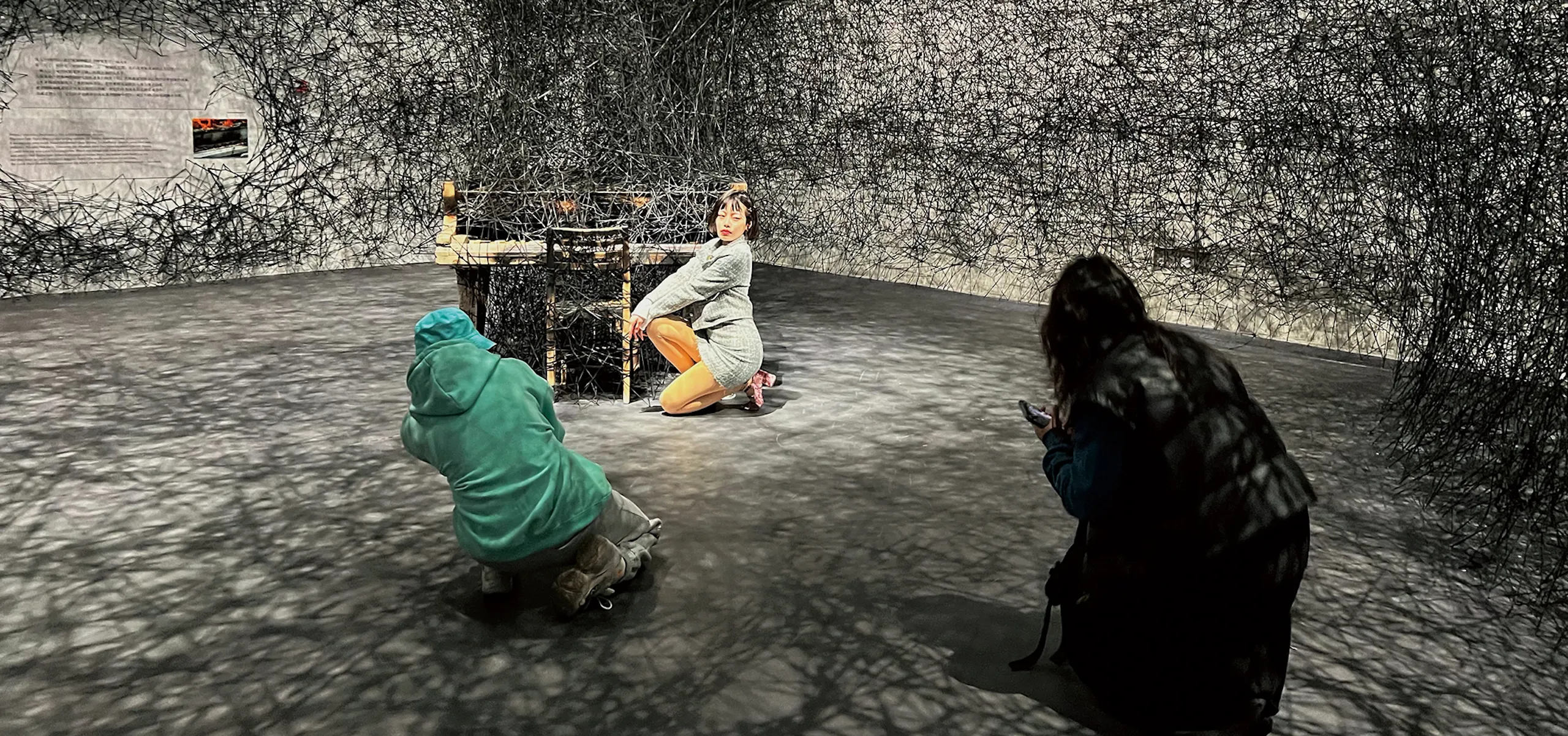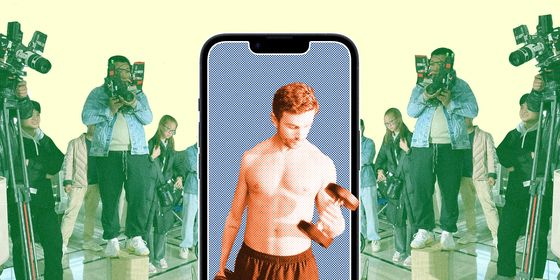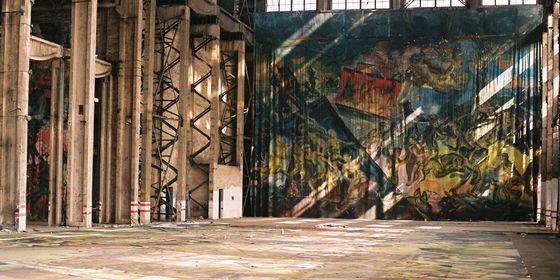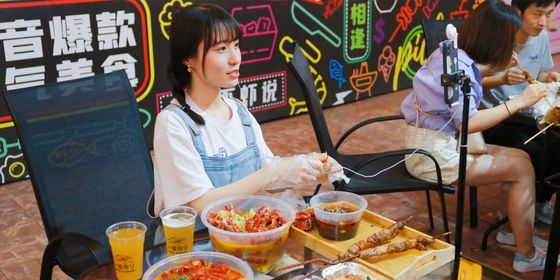Museums in China increasingly rely on social media to bring in visitors, but there is a cost to going viral
“Be casual,” the security guard tells the glamorously attired young woman in black dress and sunglasses. Subject of a video on social media app Xiaohongshu (RED), this camera-savvy guard leans against the slate-smooth, off-white concrete wall, tilting his head back to demonstrate the perfect pose. “Now, turn around and put your hand over there,” he advises as the woman walks over to follow his lead. “Oh, beautiful!”
On hot sunny days like this in the summer of last year, it was common to see two lines of phone-swiping millennials snaking 15 meters down a ramp leading to the cave-like entrance of the Xie Zilong Photography Museum in Changsha, Hunan province. They weren’t queueing to get exhibition tickets (as TWOC mistakenly thought when it visited), but to get selfies on two ledges built either side of the front door: lounging with the gray sky behind them, later editing in a background of a sunset or blue sky before posting it on Xiaohongshu.
Many snappers seemed to be tourists, as a lot of social media accounts “checking in (打卡)” at this location were registered to major cities like Beijing, Shanghai, Chengdu, or Guangzhou. By March this year queues had stretched to an hour’s wait, according to review app Dianping. The museum’s review page is still flooded with discussions of how nice the museum coffee shop is, or wonders at why this cavernous entrance, and its friendly posing security guard, had gone viral.
Today, most respectable art museums in China engage in a balancing act, both trying to profit from viral trends and provide art education to the public (or at least make it more accessible). But that involves catering to what the public wants, which can be vastly different from the high-brow gallery tradition.
Photo Shop: Art in the Age of the Influencer is a story from our issue, “State of The Art.” To read the entire issue, become a subscriber and receive the full magazine.













